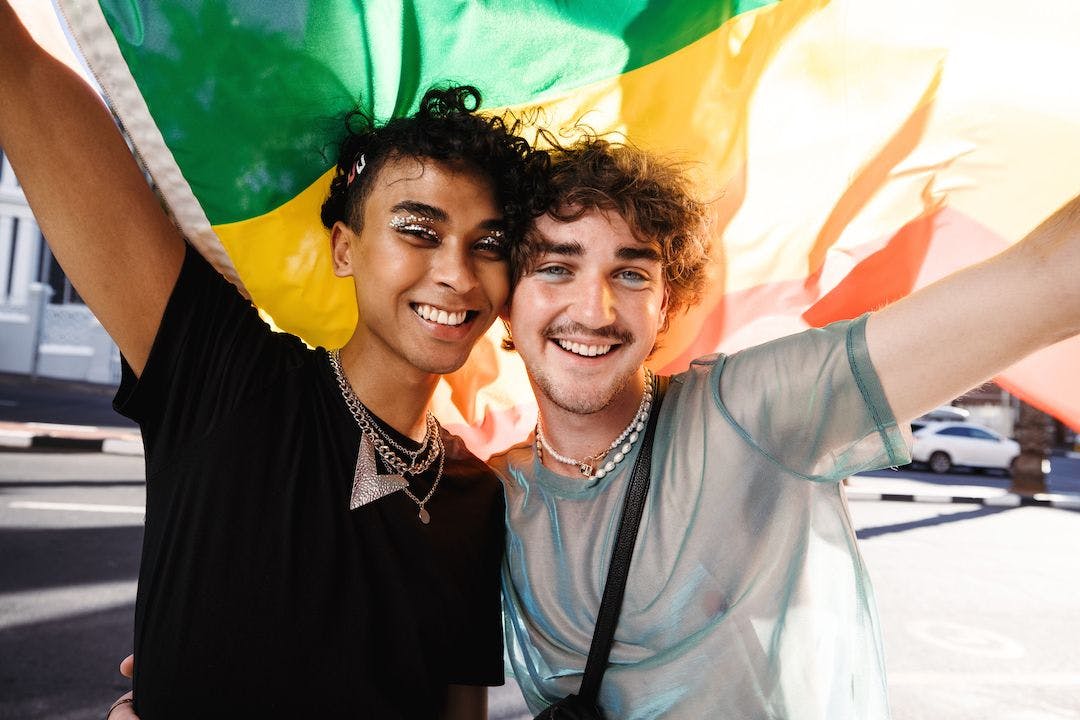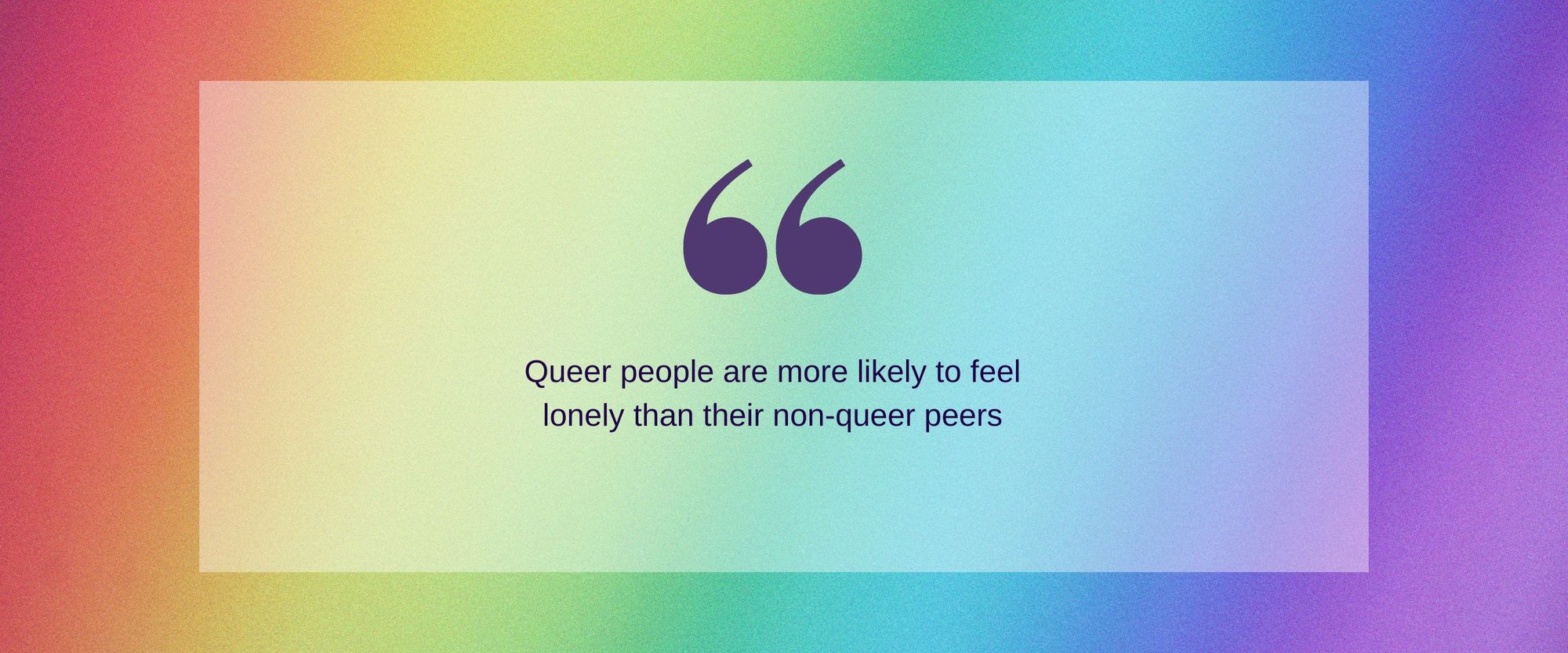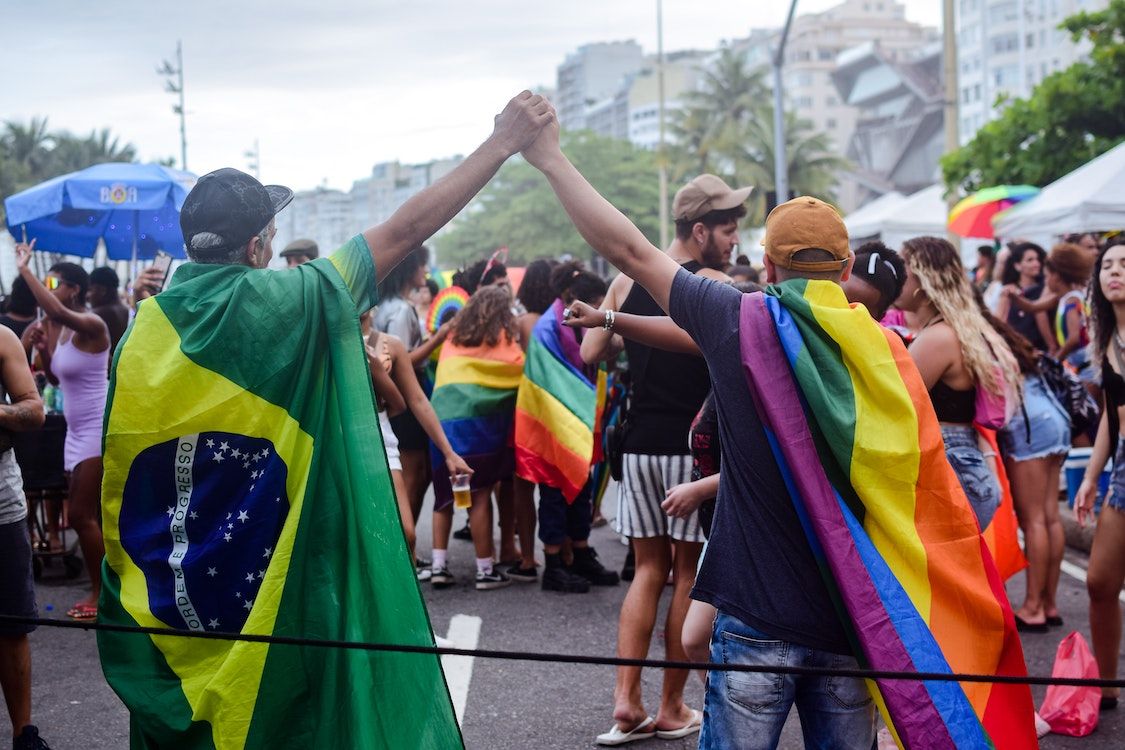Understanding the decline in queer spaces and why they are worth saving
updated on Feb 18, 2023

Queer spaces are vital hubs for LGBTQIA+ people, combatting loneliness and deepening connections, so what’s behind the decline in their numbers? Alessandra Vescio takes a closer look
When talking about the experience of queer people, it is very common for the word ‘community’ to come up. LGBTQIA+ people themselves often recognise that they are part of a community, a large group made up of different lives, stories, backgrounds, who share the identity of being queer, and what this means and brings with it.
The long journey of figuring out who we are is something unique to the queer community, and although every life is different, there are some very common patterns for LGBTQIA+ people, such as the importance of ‘coming out’ and living our true selves. All of this can be very isolating, especially at the intersection of identities such as race and disability.
According to a 2022 government report, queer people are more likely to feel lonely than their non-queer peers. In particular, gay or lesbian and bisexual participants were 1.4 and 2.5 times more likely to experience loneliness, respectively. Furthermore, transgender people, and trans women in particular, experience high levels of social loneliness. Also, older LGBTQIA+ people are more likely to live alone and to not see their biological family compared to non-queer people, and LGBTQIA+ pupils are more likely to have fewer friends and a smaller group of friends than non-LGBTQIA+ pupils.
“Isolation and loneliness amongst adolescents are on the rise, and the pandemic has taken its toll on young LGBT+ persons’ mental health,” says Lukasz Konieczka, executive director at Mosaic LGBT+ Young Persons’ Trust. “A young, queer person can attend a school of 2,000 students and feel like they are the only one who is queer at the best of times, but often also face hostility aimed at them directly or at someone else within the school of broader society.”

Nevertheless, being queer doesn’t mean being alone. There are thousands of people out there who share similar experiences, and who long for meaningful and trusting connections. And this is why queer spaces are so absolutely vital.
Over the years, they have played an essential role in raising awareness, fighting for LGBTQIA+ rights, and helping queer people make new connections and find a new family, especially for those who were rejected by their biological ones. A queer space can be a café, a bookshop, a bar, a club, a restaurant, a community centre that organises meetings, workshops, events, and parties – or that simply welcomes queer people who want to have fun with others who understand them.
But, despite their importance, queer spaces are on the verge of disappearing, and although the pandemic has made the situation worse, these venues have been at risk for a long time. For example, 58% of LGBTQIA+ venues in London closed their doors between 2006 and 2017, while in the US there are fewer than 25 lesbian bars compared to the 200 that were open in the 1980s.
There are many reasons behind this decline. For instance, dating apps now play an important role in the process of meeting and getting to know a new person, so much so that most same-gender couples have met online. The cost of living crisis could also make the situation worse in the near future, both because LGBTQIA+ people are already more likely to earn less, be unemployed, or be in poverty, than non-queer people, and because businesses will be hit by rising costs and high inflation.
But the increasing acceptance of LGBTQIA+ people may also have contributed to the decline in queer spaces, both from within and outside the community. As Noah Powers, an urban design and engagement professional, says: “Of course, the raising acceptance in urban areas, and in the Global North more generally, is a great thing,” but “The positive of raising acceptance has a negative when it comes to queer spaces.”

First of all, many queer spaces are now considered trendy and cool, and this has led most of them to become a destination for heterosexual and cisgender people. Additionally, a part of the queer community composed mainly of those with privilege may feel that their queer identity is no longer important, and are more interested in assimilating into society. It is also important to mention that some LGBTQIA+ people prefer not to frequent queer spaces as these places have often been the target of attacks in recent years, they fear for their safety.
But these spaces are worth saving. As Research Fellow at UCL Urban Laboratory Lo Marshall puts it, queer spaces “have created joy and belonging, while providing care that isn’t always available”.
To be in an environment where you can express yourself without the fear of being judged or harassed, where you can ask for help and receive all the answers you need, where you can find love and not have to explain who you are, where you feel you belong, is liberating.
As Lukasz Konieczka says: “Queer spaces can be a lifeline.” And they absolutely are.

